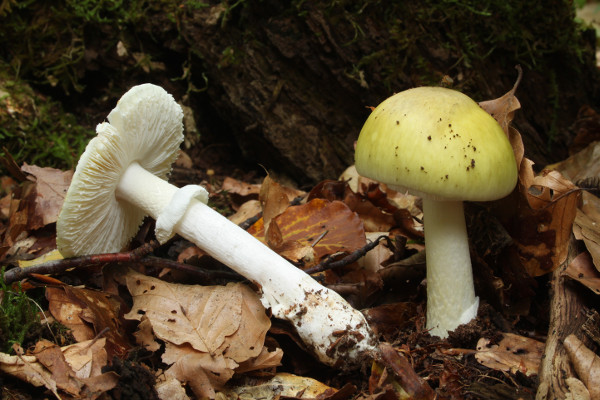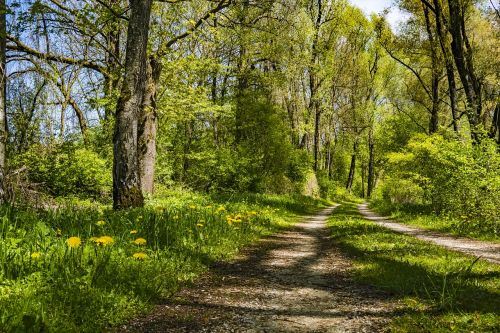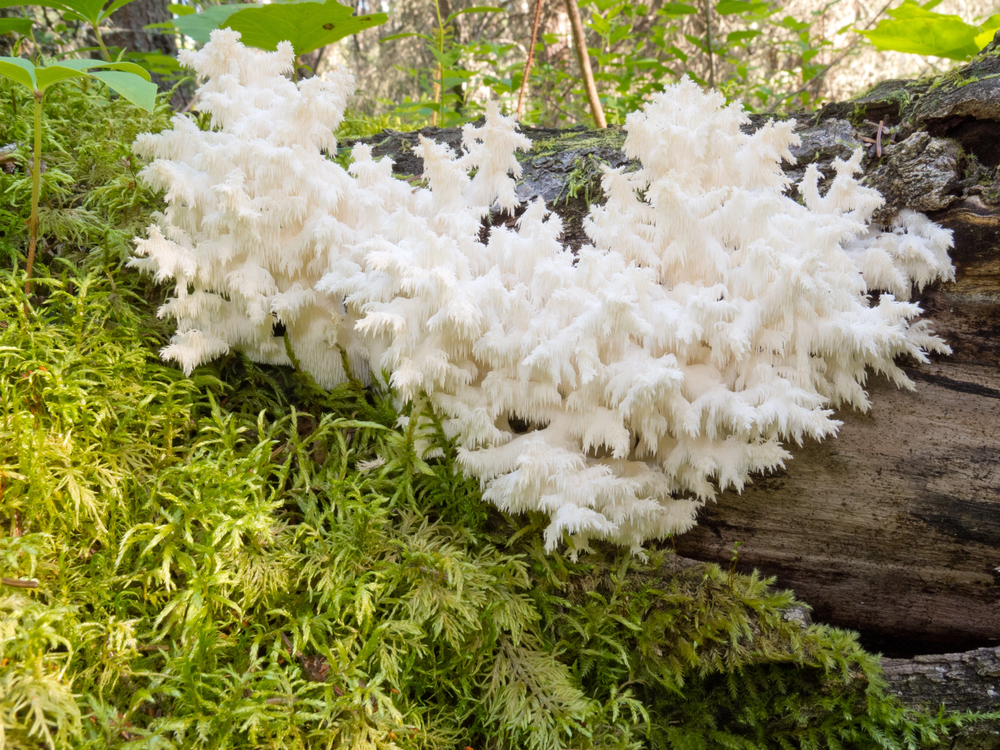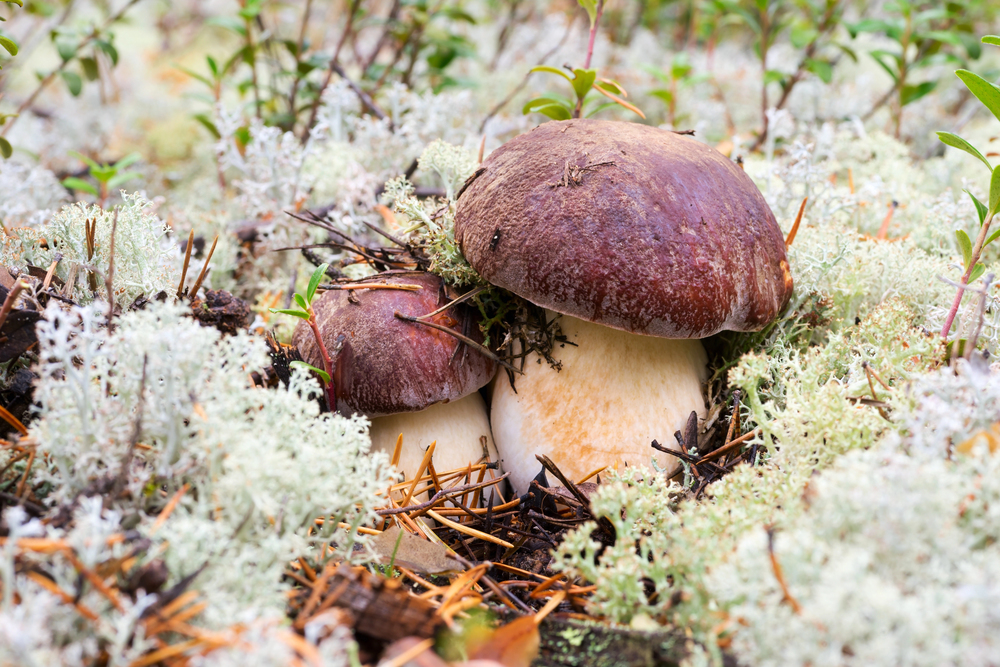Mushroom foraging presents an intriguing paradox: it can be both perfectly safe and potentially lethal. While experienced foragers confidently harvest wild mushrooms for culinary enjoyment, the activity demands respect and careful consideration. Even a single misidentification can lead to severe consequences, yet thousands of enthusiasts safely gather edible fungi each year. The key distinction between a rewarding experience and a dangerous mishap often lies in understanding crucial guidelines, recognizing limitations, and adopting proper precautions. As we investigate this fascinating pursuit, it becomes clear that safety isn’t simply a matter of luck—it’s a product of knowledge and disciplined practice.
Key Takeaways
- Mushroom foraging can be safe when following proper identification guidelines and consulting experts before consuming any new species.
- Essential safety tools include a field guide, magnifying lens, and proper documentation of mushroom characteristics for accurate identification.
- Learning to distinguish toxic look-alikes from edible mushrooms is crucial, especially with dangerous species like death caps.
- Joining local mycological societies provides expert guidance and reliable identification services for safer foraging experiences.
- Beginning foragers should focus on easily identifiable species and always seek expert confirmation before consumption.
Essential Safety Guidelines
Three fundamental safety guidelines form the foundation of safe mushroom foraging. First, never consume any mushroom without having it positively identified by an experienced expert who can verify its safety for consumption. Second, learn to identify and avoid the most dangerous toxic species in your region before attempting to collect any edible varieties. Third, always carry a field guide specific to your geographic area and document multiple identifying characteristics of each specimen.
Proper documentation requires carefully examining and recording several key features of found specimens. The color, size, and shape of the cap must be noted, along with characteristics of the stem, gills or pores, and any distinctive odors. Photographs should be taken from multiple angles, showing the mushroom both in its natural setting and after collection.
When collecting specimens, use a knife to carefully extract the entire mushroom, including the base. Store different varieties separately in paper bags or wax paper, never plastic, and maintain detailed notes about the location, habitat, and nearby tree species. These practices help guarantee accurate identification and prevent dangerous misidentification.
Common Toxic Look-Alikes
Following proper safety protocols is vital, but just as significant is understanding the dangerous look-alikes that can deceive even careful foragers. Some of the most hazardous mushroom species closely resemble edible varieties, creating potentially lethal confusion for inexperienced collectors.
| Edible Mushroom | Toxic Look-Alike | Key Differences |
|---|---|---|
| Chanterelle | False Chanterelle | False has true gills vs. ridges; orange throughout vs. yellow-orange |
| Morel | False Morel | True morels are hollow; false have cotton-like filling |
| Porcini | Devil’s Bolete | Devil’s has red pores; porcini has olive-brown pores |
| Parasol | False Parasol | Parasol has movable ring on stem; false has fixed ring; parasol has snakeskin pattern on stem |
The death cap mushroom represents one of the most dangerous species, as it resembles several edible varieties and causes severe organ damage if consumed. Beginning foragers should focus on learning a few distinct, easily identifiable species rather than attempting to collect everything they find.

Proper identification requires examining multiple characteristics, including cap shape, gill structure, stem features, and spore prints. When in doubt about a specimen’s identity, the safest course of action is to leave it undisturbed rather than risk misidentification.
Recommended Tools and Equipment
Successful mushroom foraging requires a carefully selected set of essential tools and equipment to guarantee both safety and efficiency in the field. A high-quality woven basket or mesh bag allows spores to disperse while collecting, which helps sustain future mushroom populations and provides proper ventilation for gathered specimens.
Important field tools include a sharp foraging knife with a curved blade for clean cuts, a soft-bristled brush for gentle cleaning, and a reliable field guide specific to your geographic region. Many experienced foragers also carry a magnifying lens to examine microscopic features and a small mirror to inspect the underside of specimens without disturbing them.
Documentation equipment should include a notepad for recording locations and observations, along with a GPS device or smartphone for marking productive spots. Additional recommended items are paper bags for separating different species, disposable gloves for handling specimens, and a first-aid kit for emergencies.
Weather-appropriate clothing and sturdy, waterproof boots are essential for protection, while a walking stick can help navigate difficult terrain and move vegetation aside to inspect mushrooms safely.
When to Seek Expert Help
Professional mycologists and experienced foragers play a vital role in the safe practice of mushroom hunting, particularly when beginners encounter unfamiliar specimens or face uncertainty about identification. These experts can provide significant guidance and verification that could prevent dangerous misidentification of potentially toxic species.
| Situation | Risk Level | When to Consult Expert |
|---|---|---|
| New Species | High | Immediate consultation |
| Look-alike Found | High | Before consumption |
| Uncertain Features | Medium | Within 24 hours |
Beginners should seek expert consultation when encountering mushrooms with gills, as many poisonous varieties share this characteristic with edible ones. Local mycological societies and universities often provide identification services and can connect foragers with qualified experts in their area. Furthermore, many experts now offer digital consultation services through specialized apps or online platforms.
Immediate expert assistance becomes critical when symptoms of mushroom poisoning occur, regardless of how mild they seem at first. Professional guidance is likewise fundamental when foraging in new geographical areas, as regional variations in mushroom species can present unfamiliar challenges to even experienced collectors.
Best Seasons for Safe Foraging
Each season brings distinct opportunities for mushroom foraging, with spring and fall usually offering the most advantageous conditions for safe and productive collecting. Cool temperatures combined with adequate humidity levels create ideal growing environments for many edible mushroom species during these peak seasons.
The most reliable foraging periods throughout the year include:
- Spring (March-May): Perfect for morels, oyster mushrooms, and pheasant backs when soil temperatures reach 50-60°F
- Fall (September-November): Prime time for hen of the woods, chicken of the woods, and puffballs during cooling temperatures
- Late Summer (August-September): Ideal for chanterelles and boletes following seasonal rains
Winter foraging is typically less productive in most regions, though some hardy species like enoki and velvet foot can persist in milder climates. Experienced foragers often track weather patterns and rainfall amounts to predict favorable collecting times, as mushroom fruiting bodies typically emerge several days after significant precipitation events.
Summer foraging requires extra caution because of increased competition from insects and faster decomposition rates in high temperatures. Many mushroom species have specific seasonal windows that serious foragers carefully monitor throughout the year.



